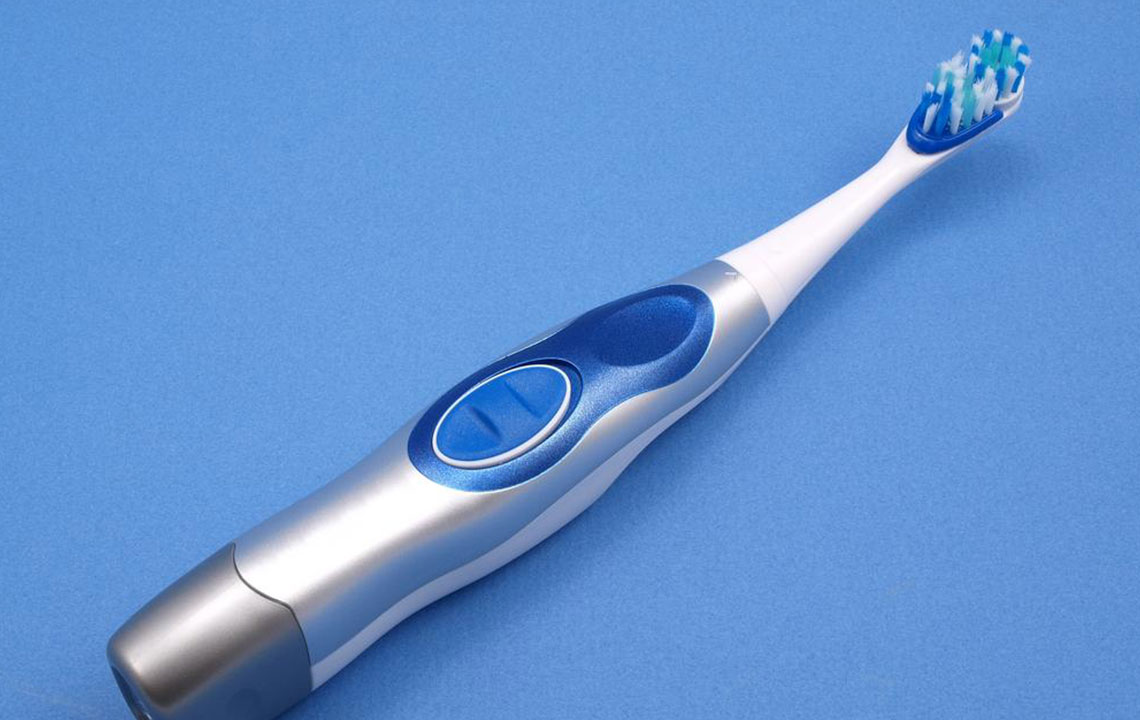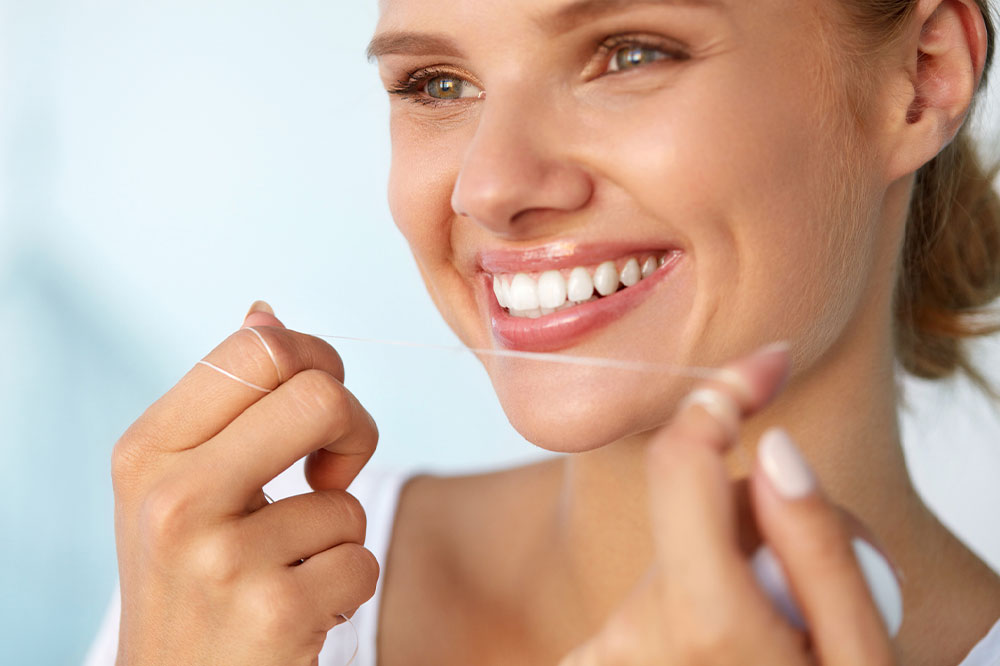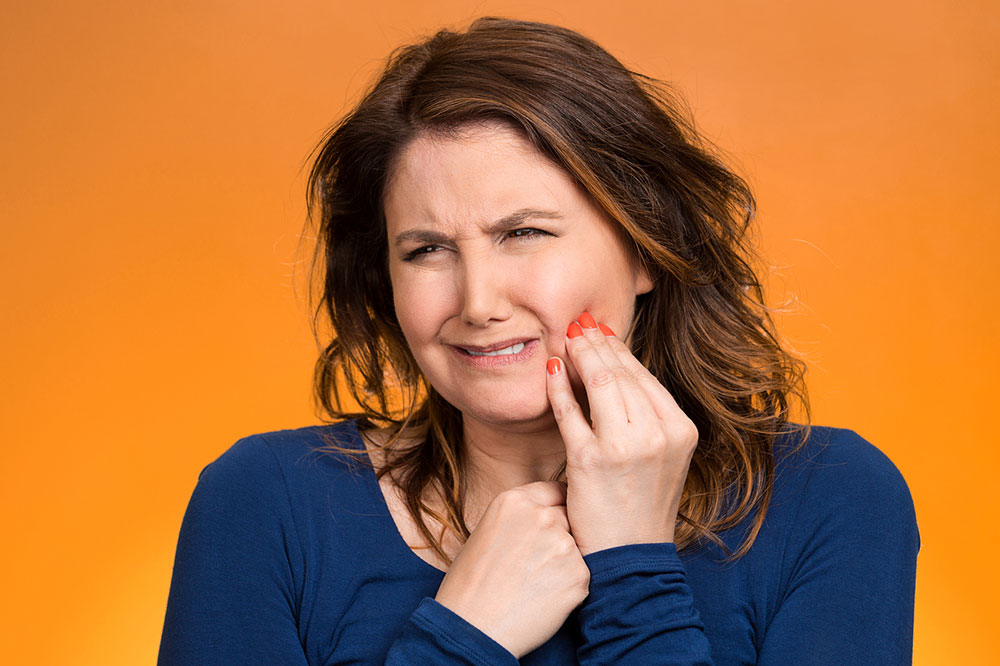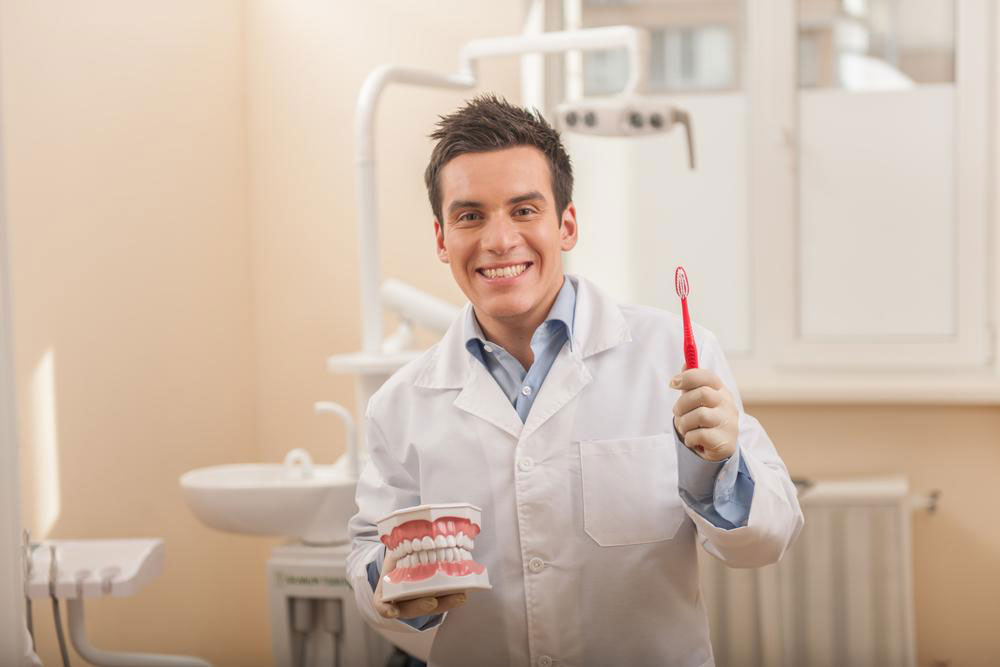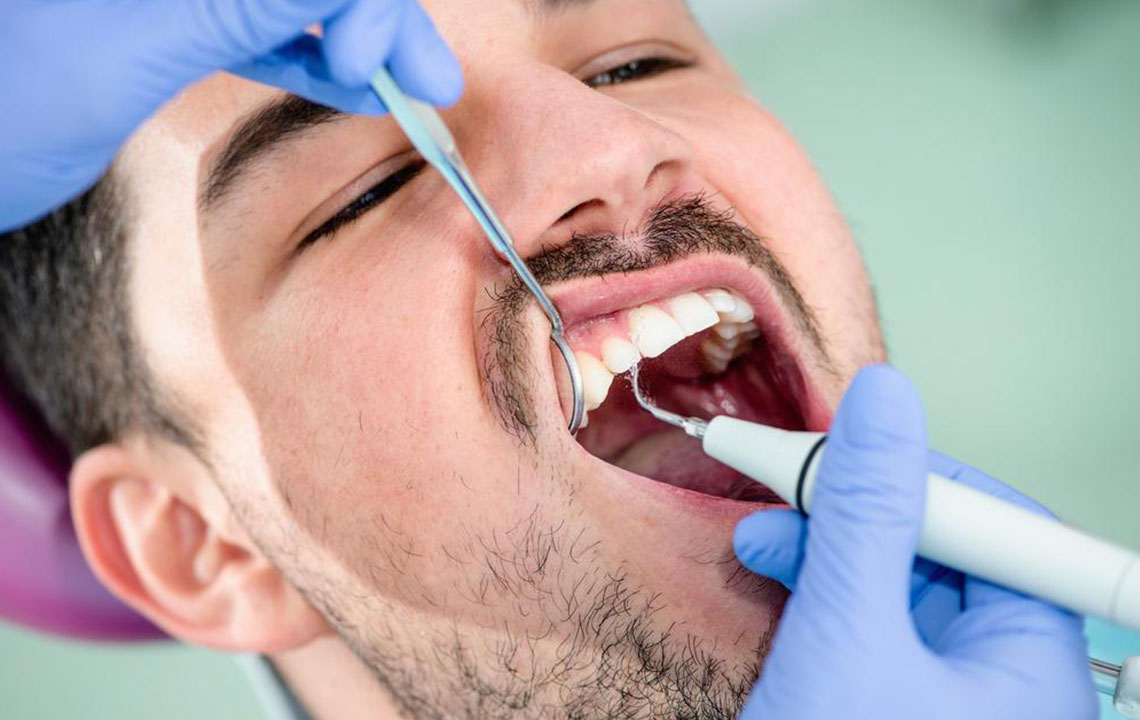Comprehensive Guide to Effective Oral Hygiene with Electric Toothbrushes
This comprehensive guide emphasizes the importance of proper oral hygiene practices using electric toothbrushes like Oral B. It covers brushing techniques, flossing, selecting suitable dental tools, and choosing effective toothpaste. Regular routines and professional care ensure healthier teeth and gums, preventing decay and disease. Incorporate these expert tips into your daily routine to maintain a bright, healthy smile and improve overall dental health.
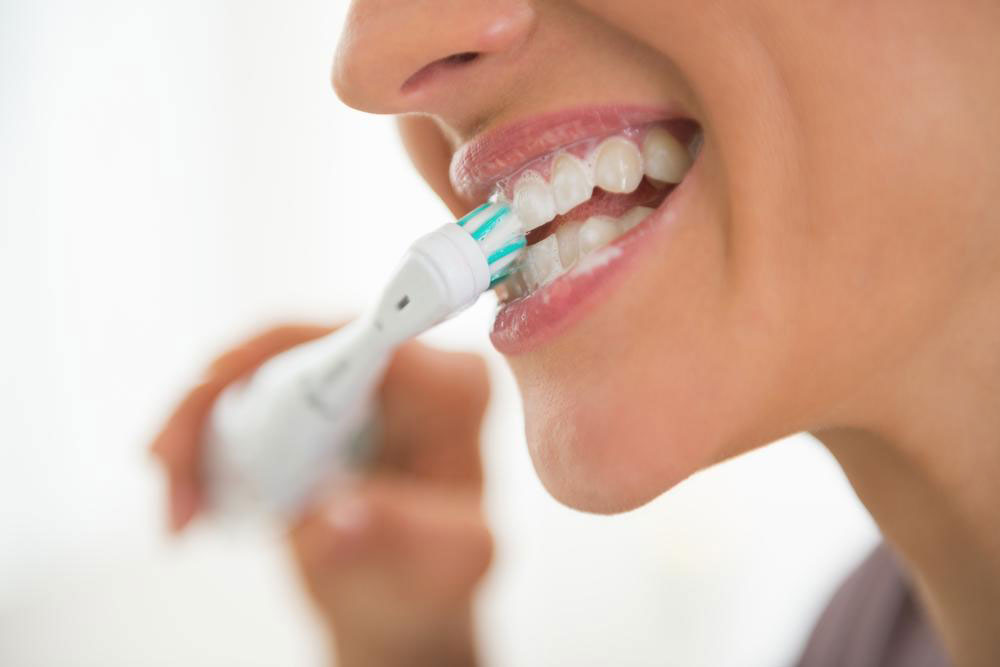
Ultimate Tips for Maintaining Excellent Oral Health Using Electric Toothbrushes
Achieving optimal oral health is a cornerstone of overall well-being, affecting everything from your confidence to your general health status. Your oral cavity, including your teeth, gums, and mouth tissues, plays a critical role in your daily life. While regular visits to the dentist are essential for professional cleanings and health assessments, your daily oral care routines are just as vital in preventing dental issues such as cavities, plaque buildup, and gum disease. Incorporating advanced tools like electric toothbrushes, notably popular brands like Oral B, can significantly improve the effectiveness of your oral hygiene routine. This comprehensive guide provides valuable tips and insights to help you maintain a healthy, radiant smile every day.
• Mastering Proper Brushing Techniques: Consistent and correct brushing habits are the foundation of good oral health. It’s recommended to brush at least twice a day—morning and night—preferably after meals to remove food particles and bacteria. When using an electric toothbrush, select a model that offers oscillating-rotating or sonic technology for superior plaque removal. Brush with gentle pressure, allowing the device to do the work; excessive force can harm your enamel and gums. Spend at least two minutes brushing each time to ensure thorough cleaning, paying attention to all surfaces—front, back, and chewing surfaces of each tooth. Proper technique with an electric toothbrush involves positioning the brush at a 45-degree angle to the gum line and moving it slowly across each section of your mouth, ensuring no area is neglected.
• Daily Flossing and Interdental Care: Flossing is an essential aspect of comprehensive oral hygiene, effectively removing plaque, food debris, and bacteria from between teeth and along the gum line—areas that toothbrushes often can't reach adequately. Daily flossing or using interdental brushes can significantly reduce the risk of cavities, staining, and gingivitis. For those with braces or challenging interdental spaces, water flossers or oral irrigators are excellent alternatives. If busy schedules make flossing difficult, rinsing with an antibacterial mouthwash can help extend the cleaning effect and maintain oral freshness.
• Choosing the Perfect Toothbrush: Selecting the right toothbrush is critical to maintaining dental integrity. Opt for toothbrushes with soft, rounded-tip bristles that gently clean teeth without abrading enamel or irritating gums. A toothbrush with a small head allows access to hard-to-reach areas, such as molars and back teeth. For electric options, models like Oral B offer replaceable brush heads designed with gentle bristles and ergonomic handles for comfort and effectiveness. Avoid brushes with overly stiff bristles to prevent enamel erosion and gum recession. Regular replacement of toothbrush heads—every three months or sooner if frayed—is necessary to ensure optimal cleaning performance and hygiene.
• Selecting the Appropriate Toothpaste: The choice of toothpaste impacts the efficacy of your oral hygiene routine. Use fluoride-containing toothpaste with a concentration of at least 1,350 ppm fluoride, which helps strengthen enamel, fight decay, and prevent cavities. For children under six years, formulate their toothpaste with no more than 1,000 ppm fluoride to protect their developing teeth from excessive chemical exposure. Additional ingredients like desensitizing agents or whitening compounds can be chosen based on your specific needs—such as sensitivity or cosmetic whitening. Always look for products approved by dental associations for safety and effectiveness.
• Additional Tips for Superior Oral Care: To maximize the benefits of your oral hygiene routine, consider incorporating mouth rinses formulated to kill bacteria, reduce plaque, and freshen breath. Proper diet also plays a role—limit sugary foods and drinks that feed harmful bacteria. Staying hydrated helps wash away residual food particles and maintain saliva flow, which naturally protects teeth. Lastly, scheduling regular dental check-ups every six months is crucial for early detection and treatment of potential issues, maintaining a healthy smile for years to come.
